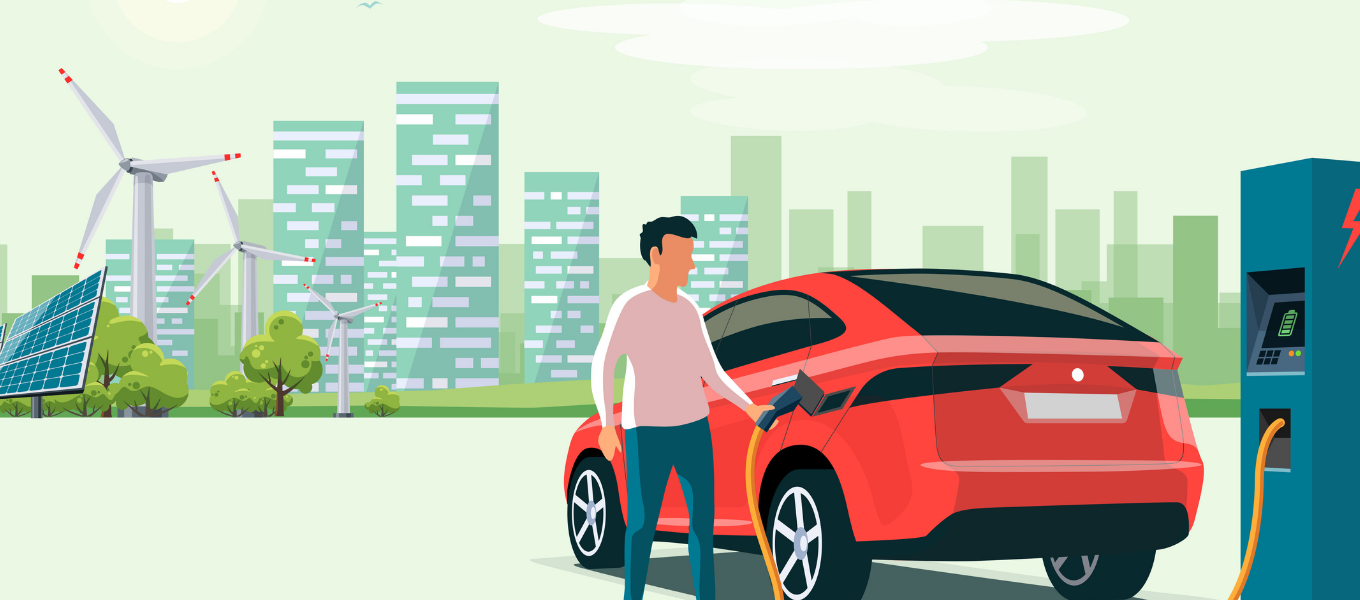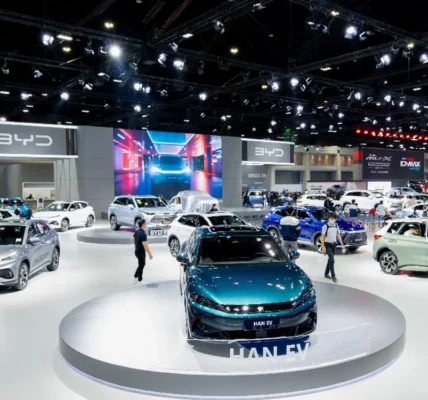The future of mobility is approaching a tipping point. Whenever oil prices rise or climate change is addressed and discussed, EVs are invariably considered as a part of the solution. With several new Indian enterprises entering segments of the EV value chain, and large-scale execution efforts, India’s EV ecosystem will soon be thriving.
How investments and funds are driving the sector
The importance of the EV industry and its projected growth are attracting investments in the sector. It had approximately $6 billion in investments in 2021, which is predicted to climb to $20 billion by 2030.
The Automobile Mission Plan (AMP) 2016-26 summarises the objectives shared by the Indian government and the automotive industry. According to the AMP 2016-26, the industry is predicted to contribute more than 12% of the nation’s GDP, with a current contribution of 7.1%. It also aims to account for at least 40% of the industrial sector by 2026. If these aims are accomplished, the motor industry and India will transform.
Another critical factor is that the country’s local lithium-ion battery production ambitions could reduce the cost of EVs, lowering reliance and disturbing import taxes. As a result, India will soon have a sizable market.
India’s EVs are regarded as critical to the auto industry’s future. With current climate change concerns, EVs are poised to take over as the industry’s mainstay in the next few years.
Given that, India’s EV industry appears to have a promising future. By 2030, India’s concerted efforts to encourage shared, electrified, and connected mobility might result in a one-gigatonne reduction in carbon dioxide emissions.
Many private equity and venture capitalist investors have also invested heavily in this industry, which has grown from $181 million to $1.7 billion.
Also, between April 2000 and March 2022, the sector attracted equity inflows from foreign direct investment (FDI) of $ 32.84 billion, or 6% of all FDI in equities during that time.
The auto sector in India has grown significantly and is likely to continue expanding at a rapid pace. In terms of market performance, the pandemic has created a demand for innovations that help reduce pollution levels, and EVs are an excellent way to do so.
In November 2021, India unveiled the e-AMRIT platform as a one-stop destination for all EV-related information such as charging locations, investment possibilities, policies, and subsidies in the sector.
Innovations acting as a driver for adoption
EVs are a powerful tool for combating pollution and its negative consequences. Along with pollution control, another aspect worth considering is the rise of innovation. The booming market for new inventive products has discovered amazing characteristics in the form of driverless cars, which have the potential to revolutionise how we utilise automobiles. Allowing multiple family members to use the same car and returning to the home base after dropping off various occupants is one such example. This would eliminate the need for several cars while also influencing the general public’s purchasing and lifestyle choices.
With several technical breakthroughs, we are now seeing new specs and features in EVs that make them as enticing to buyers as possible. Park assist, various driving and riding modes, cruise control, park assist, superior engineering to combat range anxiety, and other features have piqued the market’s interest. In addition, we are seeing emerging vehicle categories grow, such as utility vehicles, personal mobility vehicles, and so on.
Government initiatives pin a promising future
The government of India is consistently demonstrating its commitment to establishing India as a worldwide leader in the EV sector. The government has launched a number of programmes and incentives to increase demand for electric vehicles and to encourage manufacturers to engage in R&D of electric vehicles and related infrastructure.
So far, the Indian government has announced FAME-II, PLI SCHEME, and Battery Swapping Policy, a Special Electric Mobility Zone, and a Tax Reduction on EVs.
India is Asia’s second-largest EV market, after only China and ahead of Japan. If India achieves its real electrification potential of 50%, every tenth EV sold globally could be made in India, making it the global EV powerhouse. In India, EV manufacturers have announced a considerable increase in production; large organisations are choosing EVs to supply goods and services; and customers are gradually accepting and preferring electric and hybrid variations, as indicated by the rise in demand.
Moreover, the state and federal governments are working to expand charging infrastructure, establish subsidiaries, and convert public transportation to all EV in the near future, making India one of the countries that will adopt EVs at a much faster rate than others.







